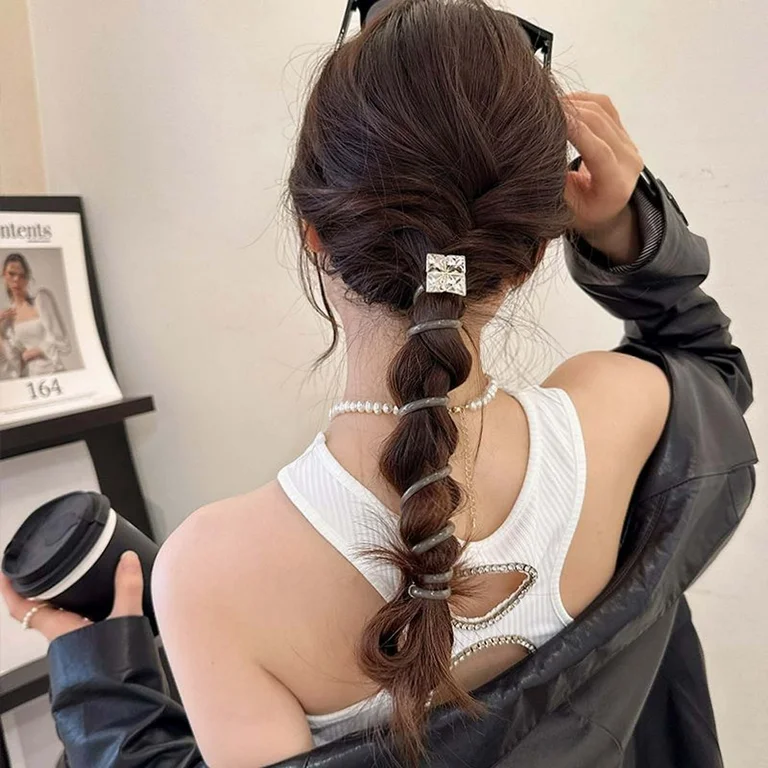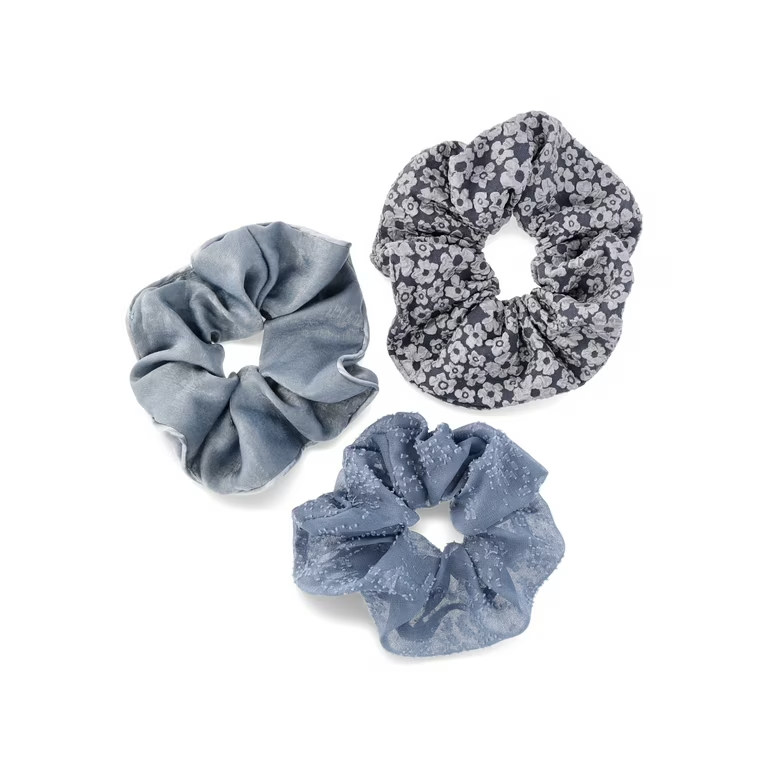
Elastic Hair Tie: From History to Modern Hair Care
Evolution of Hair Accessories Through Time
People across ancient civilizations used natural materials like leather strips and plant fibers to secure their hair. The Romans created intricate hairstyles using silk ribbons and metal pins to showcase social status. During medieval times, women wrapped their locks with decorative cords made from precious metals and gems. The Victorian era brought ornate hair accessories crafted from tortoiseshell, ivory, and precious metals into fashion. Metal hair clips dominated the early 1900s as women sought practical solutions for their elaborate hairstyles. Elastic hair tie: The invention of rubber bands in the late 19th century revolutionized temporary hair fastening methods.
Elastic materials gained popularity during World War II when metal became scarce for civilian use. The development of synthetic materials after the war led to more affordable and versatile hair accessories. Modern elastic hair ties emerged in the 1960s as manufacturers combined rubber with fabric coverings. Technological advances improved the durability and stretch of elastic materials used in hair accessories. Fashion designers began incorporating decorative elements into basic elastic hair ties during the 1970s. Department stores started offering wide selections of colorful elastic hair ties to match different outfits. Beauty supply stores specialized in professional-grade elastic hair ties for salons and stylists. The rise of athletic wear in the 1980s created demand for secure, comfortable hair restraints. Manufacturers developed specialized elastic hair ties for specific activities like swimming and gymnastics.
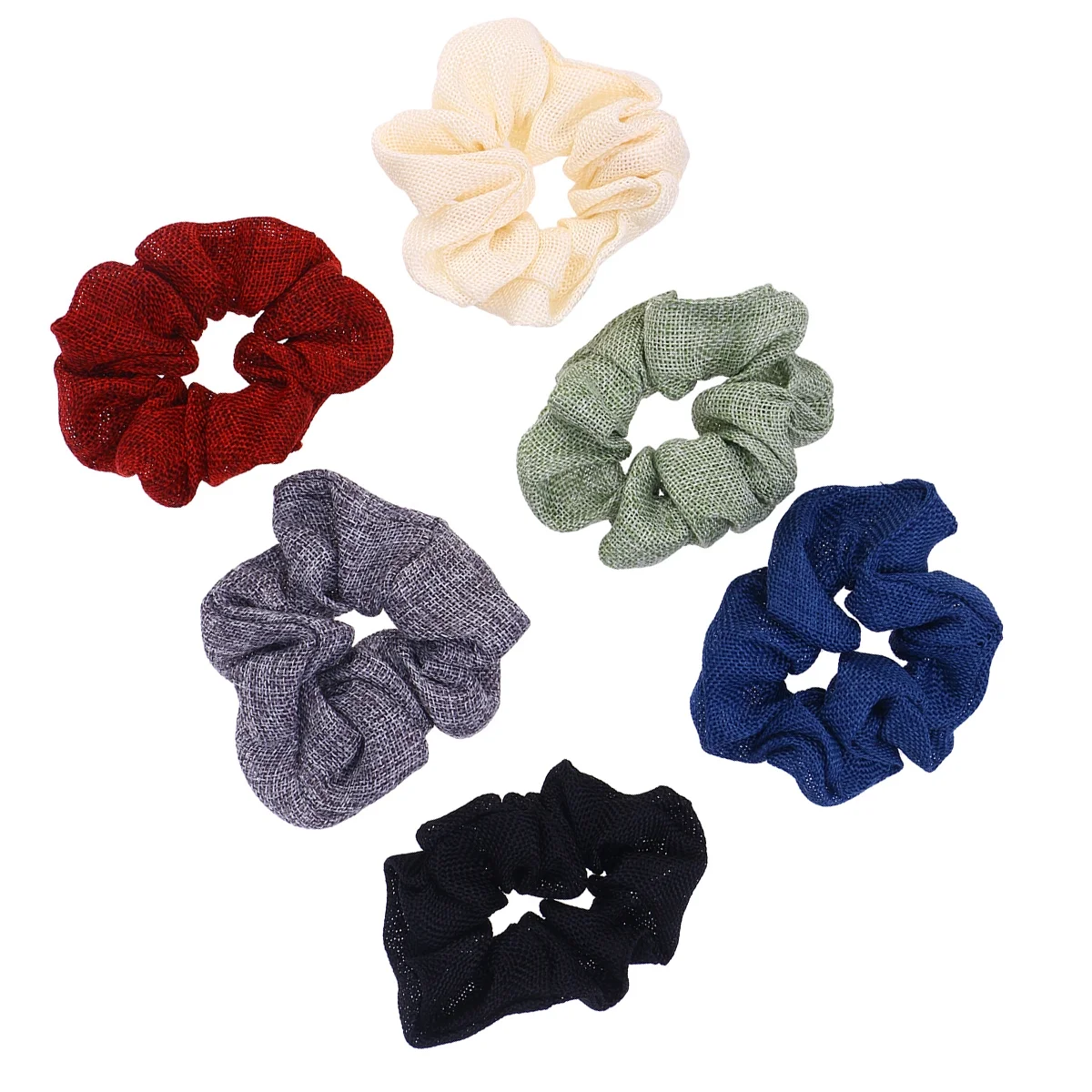
Benefits and Versatility of Elastic Hair Ties
Elastic hair ties offer superior grip compared to traditional ribbons or metal clips for active lifestyles. The stretchy material provides comfortable all-day wear without causing headaches or scalp tension. Modern elastic hair ties come in various sizes to accommodate different hair types and styles. Athletes particularly appreciate the secure hold of elastic hair ties during intense physical activities. Dancers rely on elastic hair ties to keep elaborate performance hairstyles firmly in place. The flexible nature of elastic allows for quick style changes without damaging the hair. Elastic hair ties work equally well for casual ponytails or formal updos with proper technique.
The materials used in quality elastic hair ties resist water damage and maintain their shape. Professional hairstylists prefer elastic hair ties for creating long-lasting special occasion styles. Teachers and healthcare workers depend on elastic hair ties to keep hair neat throughout busy days. Parents choose elastic hair ties for children because they’re easy to use and comfortable. Office workers appreciate how elastic hair ties maintain professional hairstyles during long meetings. Elastic hair ties prove invaluable for managing thick or curly hair textures effectively. The versatility of elastic hair ties makes them essential for travel and on-the-go styling.
Types and Materials of Modern Elastic Hair Ties
Manufacturers produce elastic hair ties using various synthetic and natural rubber compounds for different purposes. Fabric-covered elastic offers gentle hair protection while maintaining strong holding power for daily styles. Seamless elastic hair ties prevent catching and pulling during removal from thick hair. Clear elastic hair ties provide invisible support for formal hairstyles and photo sessions. Spiral-shaped plastic elastic ties reduce creasing and breakage in delicate hair types. Thick elastic bands work best for securing heavy or extremely long hair effectively.
Braided elastic combines durability with decorative appeal for fashion-conscious consumers. Sports-specific elastic ties feature moisture-wicking materials and extra-strong hold capabilities. Metallic elastic hair ties add sparkle to special occasion hairstyles without sacrificing function. Silicone-infused elastic provides superior grip for slippery or fine hair textures. Biodegradable elastic options appeal to environmentally conscious consumers seeking sustainable alternatives. Multi-colored elastic ties coordinate with different outfits and express personal style. Textured elastic surfaces help prevent slipping in straight or processed hair. Specialty elastic ties incorporate antibacterial properties for gym and sports use.
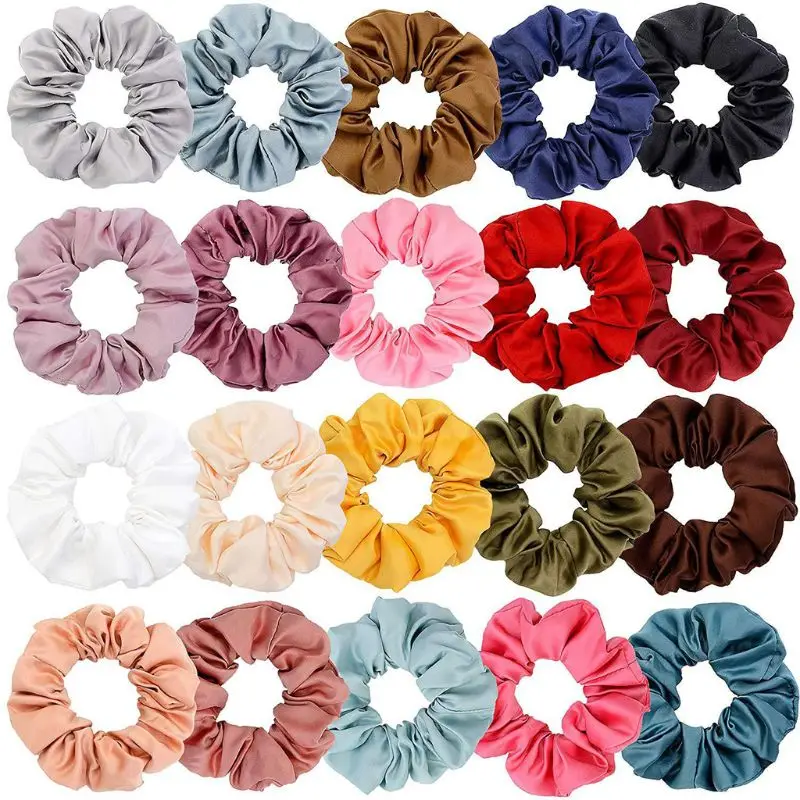
Proper Usage and Care Techniques
Starting with clean, detangled hair ensures optimal grip and prevents damage when using elastic ties. Gathering hair smoothly before securing with elastic reduces strain on individual strands and roots. Avoiding pulling elastic ties too tight helps prevent headaches and potential hair breakage. Regular rotation of elastic hair ties maintains their shape and extends their useful life. Proper removal technique involves carefully unwinding rather than pulling elastic ties from hair. Storing elastic hair ties in a dry place prevents deterioration and maintains their elasticity.
Cleaning elastic hair ties with mild soap removes product buildup and oil accumulation. Replacing stretched or damaged elastic ties prevents potential hair damage and style failures. Professional stylists recommend having multiple elastic ties available for different styling needs. Following manufacturer care instructions helps preserve the quality of specialty elastic hair ties. Proper sizing ensures comfortable fit without excessive tension or slipping during wear. Understanding hair texture requirements helps select appropriate elastic tie strength and size. Careful handling during swimming or showering extends the life of water-resistant elastic ties. Testing new elastic ties on small sections prevents potential allergic reactions or sensitivities.
Impact on Hair Health and Prevention of Damage
Quality elastic hair ties minimize breakage compared to rubber bands or metal fasteners. Strategic placement of elastic ties prevents excessive tension on delicate hairline areas. Moving ponytail positions regularly reduces stress on specific sections of hair. Choosing appropriate elastic strength prevents unnecessary pulling and strand damage. Protective styling techniques complement elastic tie use for healthier long-term results. Moisture-wicking materials in athletic elastic ties prevent bacterial growth and scalp issues.
Proper removal methods maintain hair cuticle integrity and prevent splitting or breakage. Regular breaks from tight hairstyles allow scalp circulation and natural hair movement. Switching between different elastic tie types distributes styling stress more evenly. Understanding individual hair needs helps prevent common elastic tie-related problems. Professional assessment guides proper elastic tie selection for damaged or treated hair. Careful consideration of hair texture determines optimal elastic tie placement and tension. Recovery periods between tight styles promote overall scalp and hair health. Proper detangling before elastic tie removal prevents unnecessary hair loss.

Fashion Trends and Style Applications
Fashion influencers showcase creative ways to incorporate elastic hair ties into trendy styles. Celebrity hairstylists popularize innovative elastic tie techniques through social media platforms. Runway shows feature sophisticated applications of elastic ties in avant-garde hairstyles. Street style photographers capture everyday elastic tie styling inspiration around the world. Fashion magazines highlight seasonal trends in elastic hair tie colors and materials. Beauty bloggers demonstrate versatile elastic tie styling options for different occasions.
Designer collaborations elevate simple elastic ties into luxury hair accessories. Traditional styling methods adapt to incorporate modern elastic tie innovations. Cultural influences inspire unique elastic tie placement and arrangement patterns. Athletic brands develop fashion-forward elastic ties for active lifestyle coordination. Seasonal collections feature coordinated elastic tie sets for complete style statements. Professional styling competitions showcase advanced elastic tie techniques and applications. Social media tutorials spread new elastic tie styling trends to global audiences. Fashion forecasters predict upcoming elastic tie style trends and innovations.
Professional Uses in Salons and Sports
Hairstylists stock multiple elastic tie options to accommodate diverse client needs and preferences. Sports teams coordinate uniform requirements with appropriate elastic tie selections. Dance companies specify elastic tie requirements for performance and practice sessions. Competitive athletes rely on specialized elastic ties for optimal performance support. Professional stylists develop signature techniques incorporating various elastic tie styles. Salon training programs teach proper elastic tie application and removal methods.
Competitive cheerleaders coordinate elastic tie colors with team uniforms and routines. Fitness instructors recommend specific elastic ties for different workout intensities. Beauty schools include elastic tie techniques in basic styling curriculum. Professional photoshoots require various elastic tie options for different lighting conditions. Performance artists incorporate elastic ties into elaborate stage makeup and costumes. Military personnel follow strict guidelines for elastic tie use with regulated hairstyles. Healthcare workers choose antimicrobial elastic ties for sanitary work environments. Coaching staff ensures proper elastic tie compliance for athletic competitions.
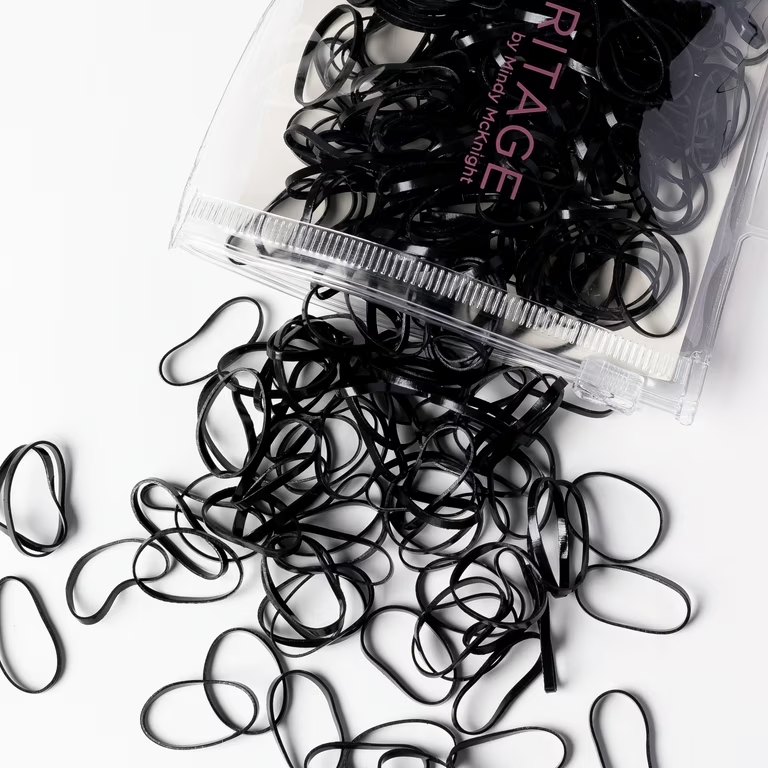
Market Trends and Consumer Behavior
Retail stores report increasing demand for eco-friendly elastic hair tie alternatives in recent years. Online marketplaces expand elastic tie selection through international vendor partnerships. Consumer reviews guide product development for major elastic tie manufacturers. Market research reveals growing preference for multi-functional elastic hair accessories. Social media marketing influences elastic tie purchasing decisions among younger consumers.
Subscription beauty boxes introduce customers to new elastic tie products regularly. Brand loyalty develops through consistent quality and innovative elastic tie designs. Price points vary significantly between basic and premium elastic tie options. Wholesale suppliers adapt to changing consumer demands for sustainable materials. Marketing campaigns highlight convenience and versatility of modern elastic ties. Department stores create dedicated displays for seasonal elastic tie collections. Customer feedback drives improvements in elastic tie design and functionality. Sales data shows strong growth in specialty elastic tie market segments. Retail trends indicate shifting preferences toward reusable elastic tie products.
Future Innovations and Sustainability
Researchers develop biodegradable elastic materials for environmentally conscious consumers. Manufacturing processes evolve to reduce waste in elastic tie production. Scientists explore smart materials for enhanced elastic tie performance and durability. Technology integration creates innovative solutions for elastic tie tracking and replacement. Sustainable packaging reduces environmental impact of elastic tie retail products. Material science advances improve elastic tie strength and longevity significantly.
Consumer demand drives development of eco-friendly elastic tie alternatives. Manufacturers invest in renewable resources for elastic tie production methods. Research continues into hypoallergenic materials for sensitive skin concerns. Innovation focuses on reducing plastic waste in elastic tie manufacturing. Digital technology enables customization of elastic tie specifications for individual needs. Sustainable practices influence future elastic tie design and marketing strategies. Global partnerships promote responsible sourcing of elastic tie materials worldwide. Industry leaders collaborate on establishing sustainable elastic tie standards.

